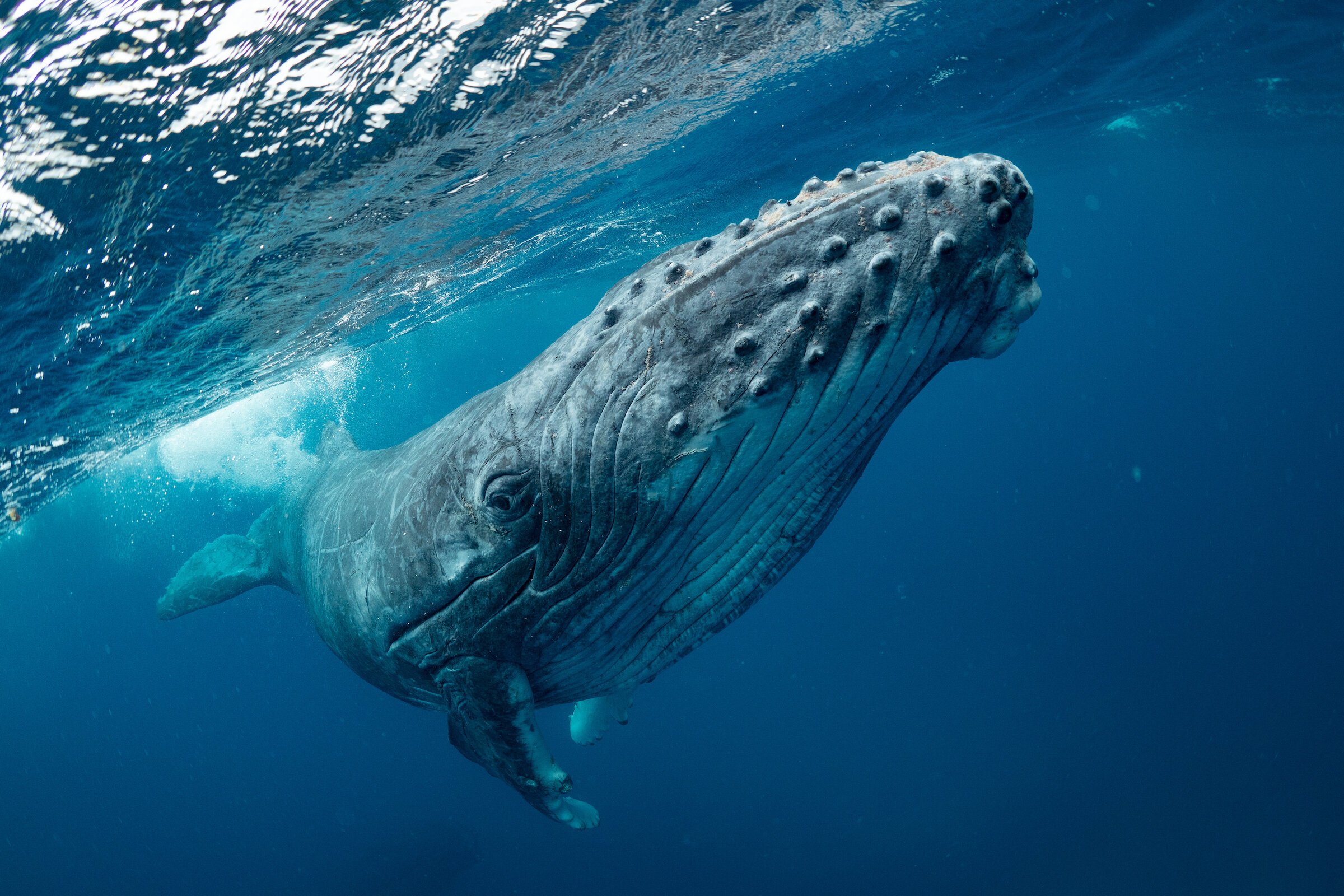Is It Ethical to Swim With Whales?
In many countries around the world, it is illegal to enter the water with whales without the necessary permits and authorisation. This is not the case of every nation, however, and in some places you can indeed jump into the water and swim alongside the world’s most impressive giants.
But if it’s illegal in some places, shouldn’t it be illegal everywhere?
Why Swimming with Whales is Prohibited in Some Countries
The United States and Canada are prime examples of places where there are strict rules about encounters with whales.
But the reason behind these laws are not primarily about restricting access to whale encounters. Instead, they are aimed at reducing contact with the animals and allowing them to live their lives in relative peace. The same goes for whale watching. Boats are not permitted to perform certain actions around whales, as not to disrupt them or endanger their safety.
This sort of legal protection is entirely necessary in the United States. Whale watching tourism is very popular, which means that if tourists were allowed to enter the water with the animals, it could quickly become overwhelming and disruptive.
The Problem with Swimming with Whales
Whales are delicate and timid animals, despite their enormous size. Like other animals who share their gentle nature, they prefer to live solitary lives away from humans. This means forced interaction with us is unnatural and often unwanted.
Consider a safari where you chase down a herd of zebras trying to run away from you by driving in their path and jumping out for a closer look. This is not an ethical practice, and certainly not one concerned with animal welfare. And this is the concern for swimming with whales.
The idea is that if you purchase a tour to swim with whales, the operator is going to want to give you a whale encounter that you’ll never forget. So, they’ll find the whales, they’ll follow the whales, they’ll chase the whales if they swim away, and they’ll dunk you into the water where you can see them really well.
If no consideration is made for how this activity effects the animal, you can put money on the fact it’s not a positive experience for the whale. If your dream is to swim with a whale, you probably don’t want them to suffer because of something you’ve done. Which is why the idea of swimming with whales can sit so uneasily on people’s minds.
How to Swim with Whales Ethically
Any kind of animal encounter can be ethical if you consider the welfare of the animal and how it behaves. Passive animal encounters put you in their environment in a way that is not intrusive or disruptive and allows nature to do the rest.
With this kind of activity, there is no promise of a close encounter. There is no promise you’ll come eye-to-eye with a giant, or even see more than a shadow in the gloom of the ocean, but it does mean you protect the welfare of animals that deserve your care and respect.
So how do you ethically swim with whales?
In our wild guide on the best places to swim with whales, we highlight three locations in particular that Xplore Our Planet believes to offer ethical whale watching encounters. The first on The Great Barrier Reef in Australia, the second is in French Polynesia., the third is Norway.
But why are these places ethical where others are not?
If you scour the web, you’ll find plenty of places that promise the chance to swim with whales. But many of these are in unregulated territories where animal welfare is not considered; all that is considered is the human experience. These sorts of excursions must be avoided at all costs.
The locations chosen here are found in waters where regulations exist to protect animals, but are more relaxed than that of places like the USA. They are also in low population areas where swimming with whales is not common, meaning there are limits on the volume of humans entering the water with the whales.
Finally, these excursions are completely passive. They are run in a way that has you find whales, reach them and then enter to water at a safe distance. The whales are then given the chance to either remain as they are, interact with you, or leave without being chased. This is passive observation that does not inhibit whales in any form.
You are not guaranteed an encounter of a lifetime, but you do have a chance at one without causing harm or distress to your favourite animal.
So can you swim with whales ethically? Yes, of course you can. Imagine if all your favourite nature documentaries were produced through activity that brought harm to whales. David Attenborough would go from National Treasure to World’s Most Wanted.
You can swim with whales ethically, but only if you do it right. If you want to discover more about the best whale encounters, and maybe even book your trip, check out our wild guide!


